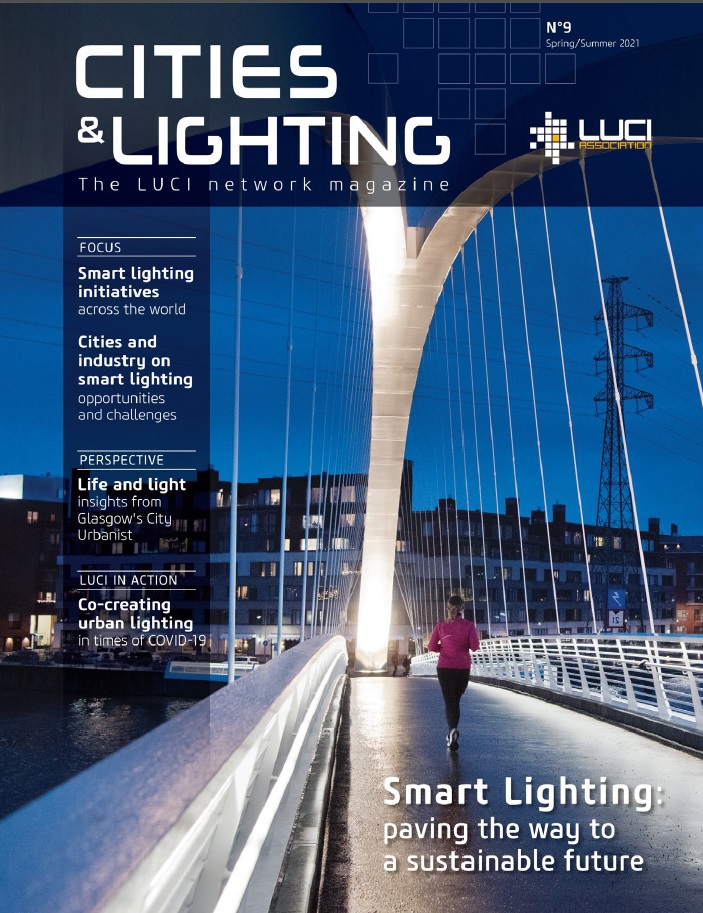Opinion on Smart Lighting: « More complexity brings more performance, but also more vulnerability »
By Konrad Dressel, Lighting Planner, Lighting Department of the City of Leipzig
We asked leading city representatives and industry partners to share their views on opportunities and challenges regarding the next steps for smart lighting. They were published in the ninth issue of Cities & Lighting, out Spring 2021.
Today, the word “smart” seems to divide the “cool“ people from the “not so cool“ people, similar to the well-known musical “West Side Story” with the rivalling group of the “Jets“ and the “Sharks“.
As the Department of City Lighting in Leipzig, we consider the many ways in which we can be prepared, but this questions the word “smart“ itself. So what is the objective of smart lighting? In our understanding, it means to have a clear overview of one’s equipment in terms of control and maintenance. We have developed a central control on our own for the more than 50 000 lighting points all over the city. Combined with the established luxData-System, we know all relevant information like mounting date, last maintenance, lamp type and many more – each with GIS-reference.
We constantly seek the most efficient technologies in luminaire and lamp design, such as discharge lamps with sodium, later with halogen and now LED. The simple usage of LED itself (please note, without cloud-based “intelligence“) is able to roughly halve the power consumption of each street retrofitted from luminaires with discharge lamps. Each feature that can be added to the luminaire means a lot more devices to manage (interfaces, protocols etc.), all of which raise the costs, but do not make much additional impacts on decreasing energy consumption.
Now the most important and most difficult issue to catch in this discussion: TIME. The lifespan of a luminaire installation is planned for about 25-30 years. This will not really fit with the fast-moving nature of products nowadays.
We as the Department of City Lighting have to ensure the functioning of an infrastructure. In this context we have to see it in this way: more complex brings more performance – but also more vulnerability. Which company can truly guarantee a product support over decades? Today, a luminaire is as complex as your smartphone, notebook, or tablet. That means the manufacturing process of this product(s) has many steps in its value chain, needing energy. To be really “smart“, the installation of a new technology first and foremost therefore should last long – and not need to be replaced due to lack of support and/or the question of suitable spare parts before the lifespan has ended.
We have to follow and keep up with the upcoming trends and standards of modern lighting, but we also have to look further than the pretty and “smart“ looking (and in this manner promoted) luminaire itself.
Read more opinions on challenges & opportunities brought by smart lighting here.



 (
(